Understanding Body-Focused Repetitive Behaviors

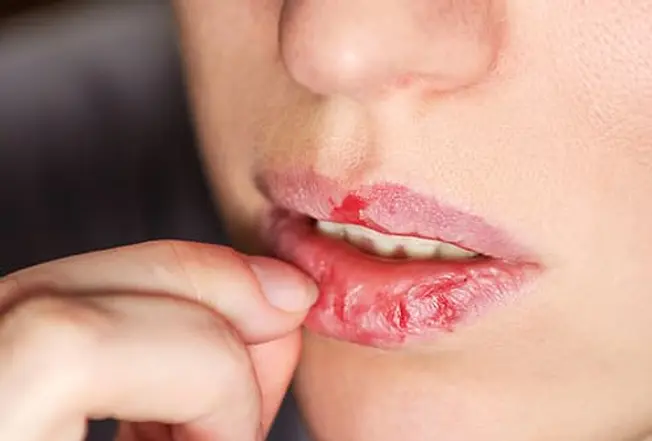
More Than a Bad Habit
Body-focused repetitive behaviors (BFRBs) are intense urges like biting, picking, and pulling that can cause damage. As many as 1 in 20 people have a BFRB, but they can be dismissed as “bad habits.” While BFRBs share some symptoms with obsessive-compulsive disorder (OCD), they’re not the same. They’re also different from self-harming rituals, like cutting yourself.

Who’s Likely to Have Them?
Experts are still trying to figure this out, but they know your genes are involved. If someone in your family has a BFRB, you’re more likely to have one, too. Other things that might play a role include your personality, the amount of stress in your life, your childhood, and even the age you first started showing signs of a BFRB. More women have them than men.

Dermatillomania
If you can’t help but pick at pimples, scabs, bumps, or even healthy skin, you have dermatillomania, sometimes called excoriation disorder. Doctors don’t know what causes it, but people who have obsessive-compulsive disorder (OCD) are more likely to have it. Wearing bandages on your fingers or keeping your hands busy with a fidget spinner may stop you from picking so much.

Onychophagia
You probably know this BFRB by its common name: nail biting. As many as 30% of people do this -- some aren’t even aware of it. Besides damaging your skin and nails, this also can hurt your teeth and lead to infections. Keeping your nails trimmed short can help. You can also use a special nail product that has a bitter taste.
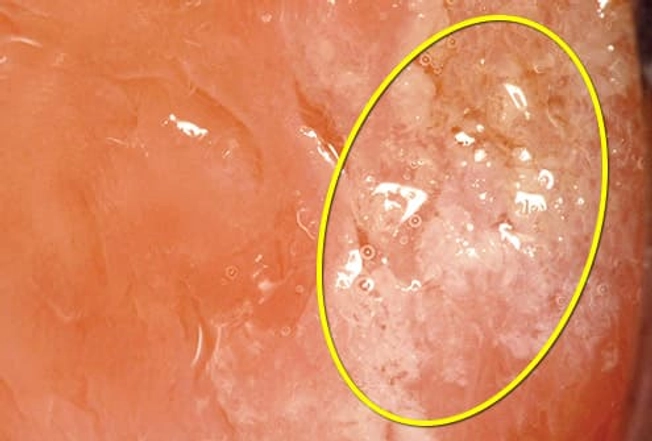
Morsicatio Buccarum
People with this BFRB can’t stop biting the inside of their mouths. Over time, this causes sores and swelling. The inner lining of your mouth can also start to feel bumpy, which may make you want to chew it more. Since people often do this to self-soothe, it can help to find a different action, like chewing gum, that gives you the same feeling.
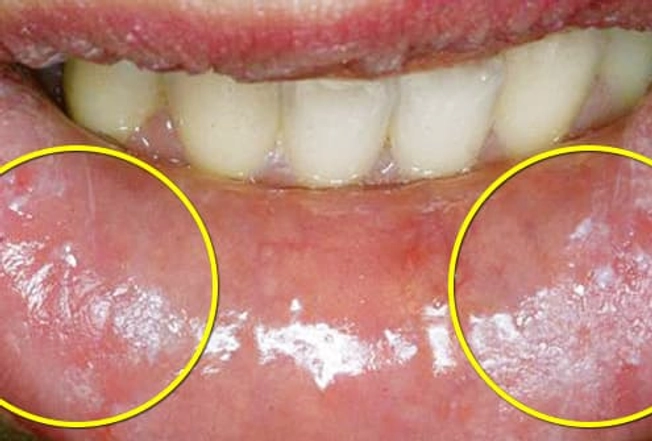
Morsicatio Labiorum
This is when you have the urge to chew, bite, or suck on your inner lip. After a while, it can make the skin cells on your lip slough off and create a rough white, gray, or yellow patch. Wearing a “lip bumper,” a device that keeps your lower teeth away from your lips, can help break this cycle. Talk therapy can also help you deal with feelings that may be behind this BFRB.
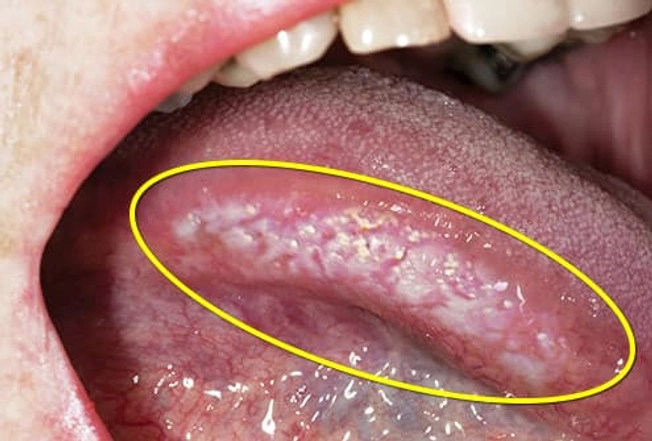
Morsicatio Linguarum
Some people chew on the sides of their tongues. It’s more common than you’d think and is often caused by stress. Your dentist may suggest that you wear a special mouth guard that covers your teeth and shields your tongue. You can also talk to your doctor about ways to better manage your stress.
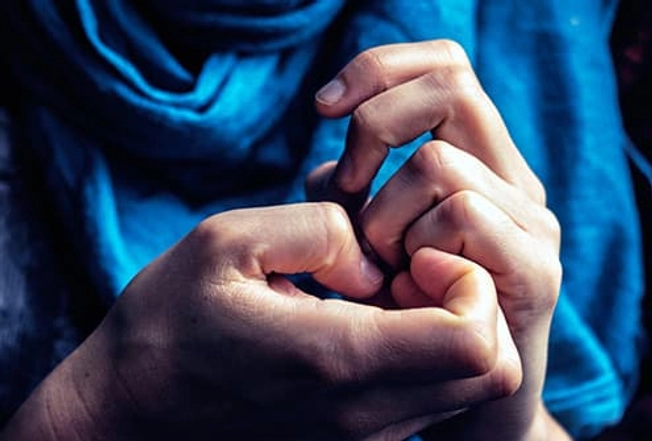
Onychotillomania
If you have this BFRB, you can’t stop picking or pulling at your fingernails and toenails, as well as the skin around them. (You may also chew or bite them.) Over time, this leads to hangnails and open sores, and you can pass germs from your mouth into your skin. That can lead to infections. Instead, you might play with Silly Putty or squeeze a stress ball. Wearing a pair of gloves could help, too.
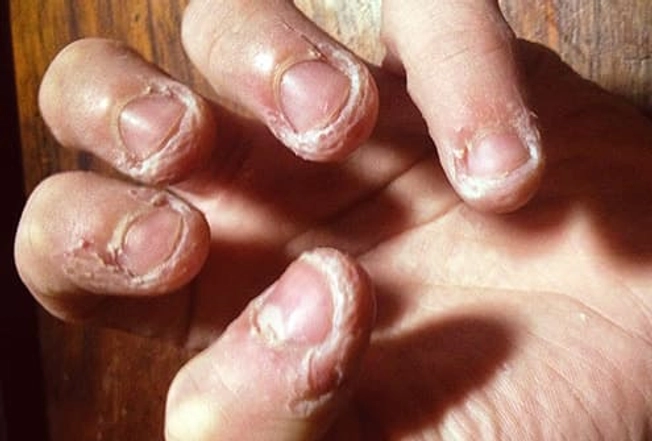
Dermatophagia
This is when you chew on your skin, then eat it or the scabs. Tension and worry can be a trigger. Something you feel on your skin, like a hangnail, can also set you off. Some people find they can get rid of this BFRB in baby steps. For instance, choose a small area (like your thumbs) to stop chewing. Work your way up to one set of nails, then the other, and continue from there.
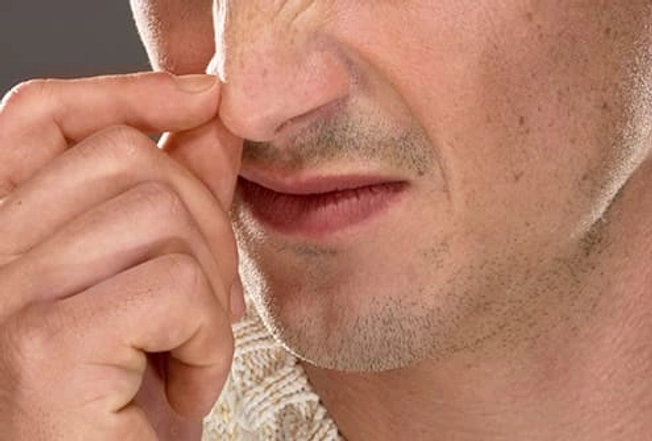
Rhinotillexomania
If you pick your nose so much that it affects your daily life, you may have rhinotillexomania. In some cases, people spend hours each day trying to clean out their noses. People who have this BFRB are also more likely to have another one, like skin picking or biting their nails. Try to notice each time you have the urge to pick your nose and write down how you feel at the time. This might help you figure out your triggers and what to do about them.
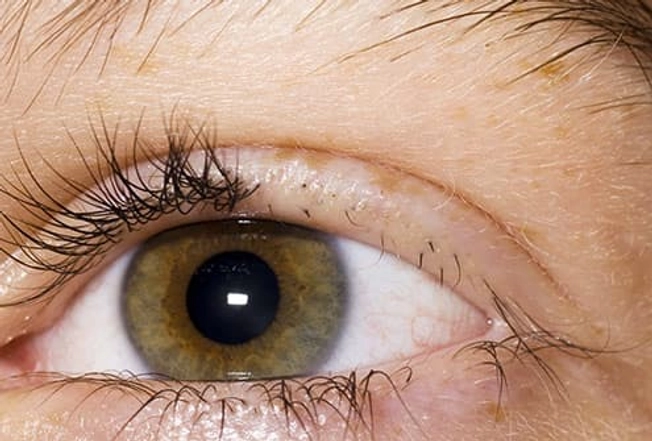
Trichotillomania
Some people yank hair from their heads, eyelashes, eyebrows, or other parts of their bodies. Anxiety or boredom can trigger it. In some cases, people don’t know they’re pulling their hair. Trichotillomania often starts between ages 10 and 13, but it can be a problem for life. You can try to replace it with another, more healthy habit. For example, you might knit, crochet, or cross-stitch to keep your fingers busy.
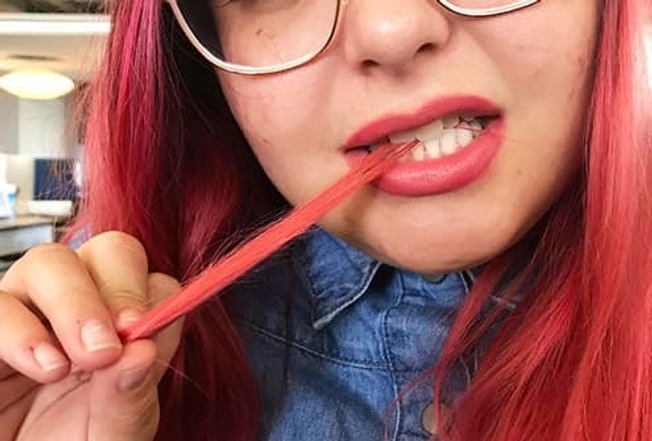
Trichophagia
As many as 20% of people who pull their hair also eat it. Some people nibble at the roots, while others eat bunches. In very rare cases, people eat other people’s hair or hair from animals. If you swallow a lot of hair, you can get a hairball in your stomach. If that happens and it’s not taken out, it can be life-threatening.
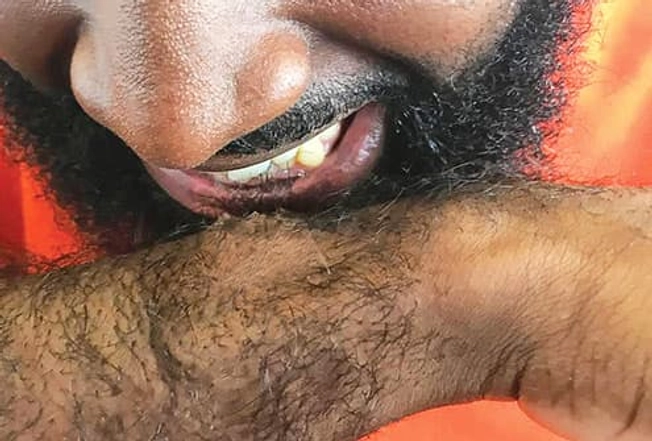
Trichodaganomania
Hair biting is the basis of this BFRB. Since it’s hard to chew on the hair attached to your scalp, most people nibble hair on other parts of their body. Like all BFRBs, negative feelings can be a root cause. Doing something else with your mouth can help. For example, you might chew on gum or a raw piece of spaghetti. You could also suck on a mint or crack open sunflower seeds with your teeth.

Trichotemnomania
In Greek, “temnein” means “to cut” and “trich” is ”hair.” If you have this BFRB, you have a strong urge to remove hair from your body. This includes more than what’s on your scalp. You may also cut or shave your eyebrows, the hair on your arms, legs, or pubic area. Like hair-pulling, trichotemnomania’s an obsessive-compulsive act. Deep down, you may believe cutting your hair will get rid of unwanted thoughts.

Treatment Can Help
If you have a BFRB, you can try several things to keep your habit from taking over your life. Cognitive behavioral therapy (CBT) may help the most. This type of therapy helps make you aware of your feelings and thoughts and gives you more control over them. Sometimes medicines can help, too. Talk with your doctor or therapist about what might work best for you.